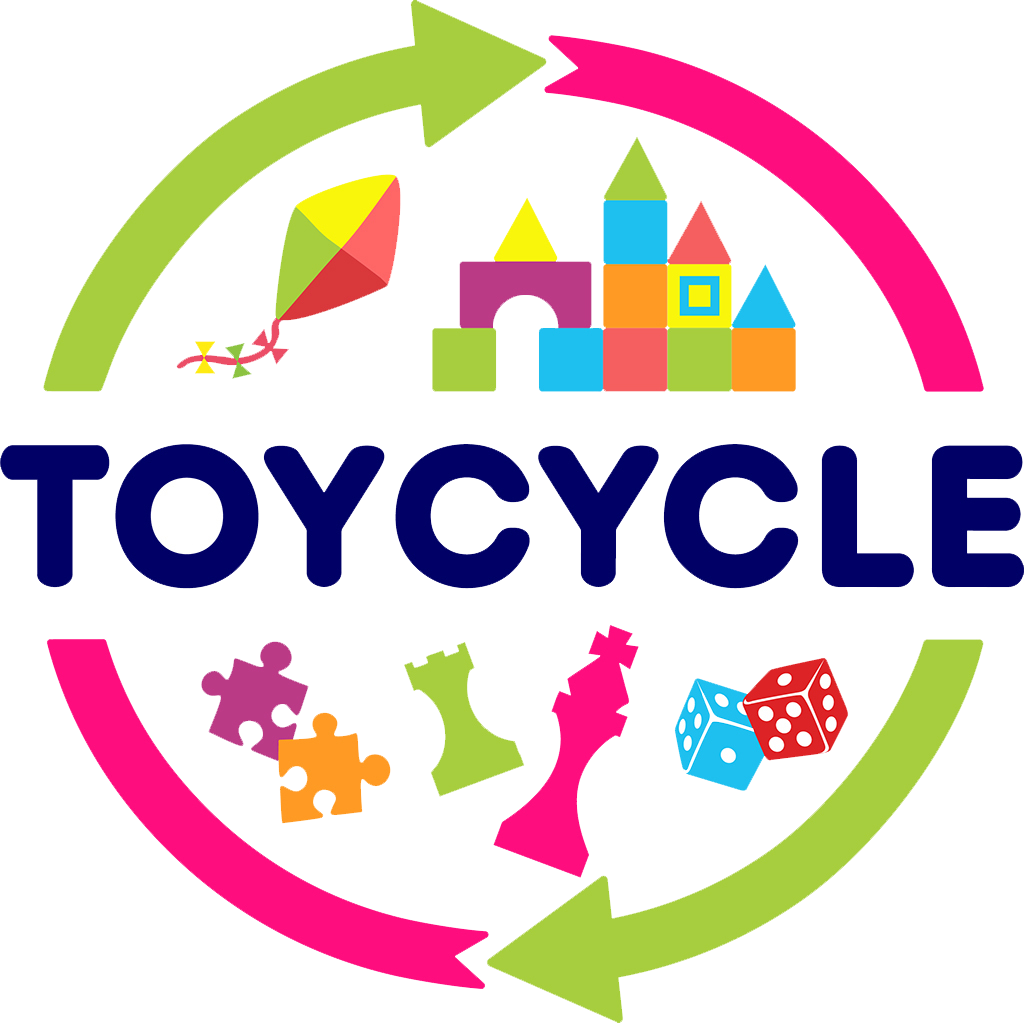The cost of living is climbing everywhere. A couple of cost-saving tips can help.
If you find your paycheck isn't stretching as far as it once did, you are not alone. Prices of most consumer goods are trending upward, there’s no doubt about that. And bringing up kids can be a costly endeavor, whether newborn or school age.
“The cost of outfitting kids is high, and families naturally seek out cost savings,” says Rhonda Collins, founder of Toycycle. Grocery costs have increased. Housing prices have skyrocketed, and energy costs have risen. “And when basic items like food, gas, and shelter cost more, the rising cost of baby and kid gear can really pinch.”
Engaging in the resale market benefits families on both sides of the marketplace. Here are some tips to help you take advantage of today’s resale boom.
Tip 1: Buy used baby items and kid stuff
Gear up for a new family member with used baby items. Especially the larger and costlier gear items like strollers, bassinets, activity centers, and bouncers. Buying second-hand allows you to save up to 70% off retail prices. And with a bit of patience, you can find excellent quality gear at rock bottom prices.
But don’t forget that there are a lot of savings to be had by buying used clothing, used toys, used puzzles, and other used baby items as well. Select brands that are made to last, like Melissa & Doug or Plan Toys. These used toys are often in great condition, even after their first owner has enjoyed them for a while.
Shop venues that bundle items for greater savings. 30-40% of the listings in Toycycle’s marketplace are bundles. You’ll find super savings beyond the every day with these listings across all categories: clothing, toys, and gear.
Tip 2: Sell your used baby items and gear when done
Once your child has outgrown an item or you find you no longer use it, sell it. Even though used baby items may be older or out of date, you can often recoup 20-50% of your purchase price. Take care not to let gear sit around in your garage or basement. Gear items like strollers lose value with each year of age. And if you wait too long, you may find yourself having to dispose of a large item that’s too old to attract a buyer.
Put these two tips together and you’ve got real savings. That’s one of the great attractions of the circular economy. But you’ll also want to consider your savings in broader terms. Because purchasing secondhand products results in savings for the planet too. It reduces carbon emissions and saves lots of resources, water, and energy. Buying secondhand also prevents old toys, clothing, and gear from ending up in landfills or incinerators. Buying and selling second-hand gear is an environmentally friendly practice.
Tip 3: Set up a system
To keep your home clutter-free and to ensure you extract the greatest value from your gear, set up a cleanout routine. With babies, you may want to add consistent dates to your calendar on a schedule that makes sense after their birth. For example, if your child is born in September, set a date in December and March to consign, sell, or donate items you no longer need. Remember, babies grow fast! By the toddler years, a cleanout every six months will do. And by the time you reach pre-school, you’ll only need to clean out once a year.
It’s well worth it to keep to a schedule. You’ll free up your space and bring in some cash. And that’s a winning combination.

